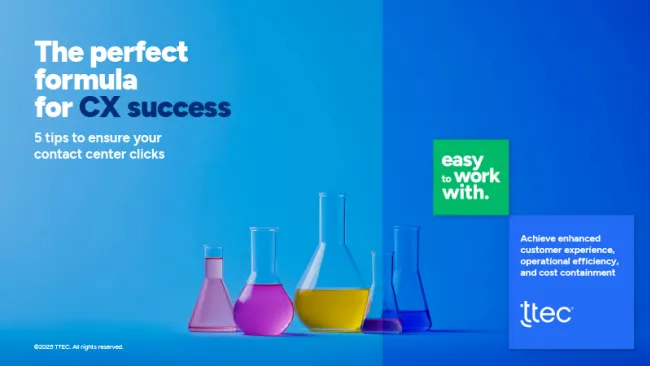It’s unquestionable that customer satisfaction is crucial to the success of a business. Satisfied customers are more likely to do business with you again and recommend your products and services to others. What is less clear is how to increase customer satisfaction, efficiently and effectively.
Enter the Kano Model. The Kano Model is an analysis tool used to identify the features of a product or service that would add to customer satisfaction. We’ll explain how the Model works and why it’s a valuable tool for increasing customer satisfaction.
What is the Kano Model?
The Kano Model is a framework for prioritizing features that will satisfy customers that was developed in the 1980’s by Professor Noriaki Kano of Tokyo Rika University. Companies quickly adopted it because it provided a systematic way to rank and prioritize features to successfully increase customer satisfaction. It is also useful for identifying the cause of low customer satisfaction and opportunities for improvement.
How does the Kano Model work?
Kano analysis classifies the features of a service or product into different categories that can be prioritized to maximize customer satisfaction:
1) Dissatisfied: These are the 'bare essentials.' If they are not achieved, customer satisfaction will be negatively impacted. However, even if there is a high degree of achievement, customer satisfaction will never be above neutral.
For example: When you fly with luggage, you expect your luggage to arrive at the destination with you. However, if the luggage has not made it, you will be (very) dissatisfied.
2) Satisfied: These are elements that are not absolutely necessary but increase customer satisfaction. 'The more the better' or 'The quicker the better.'
For example: You get off the plane, arrive at the conveyor belt and can already spot your luggage there.
3) Delighted: These are the nice surprises for the customer. If the customer gets more than expected, satisfaction will be enhanced. However, as this was not expected, they would not miss it, if it wasn’t there.
For example: If you have booked an economy flight and you are upgraded to business class.
4) Neutral: These are elements that rarely affect customers or they’re unlikely to notice.
For example: The shape of the controls on the luggage conveyor belt has no impact on product function and will never be seen by the customer.
5) Frustrated: When customers dislike a feature and prefer not having it.
For example: An airline provides an in-flight menu but the limited options actually lower customer satisfaction.
Grouping service or product features according to these categories will make it clearer which features to focus on improving for maximum impact. An airline, for instance, might use these insights to prioritize fixing pain points in its luggage handling system instead of upgrading more customers.
The Kano Model in action
Knowledge management, performance management, accurate timekeeping, coaching, training, professional development and communication are all essential to employee satisfaction. Now, imagine all of these elements not only available but accessible in one central location, a hub for employees to get where they need to be and find the information they need immediately.
Using the Kano Model to understand the impact of each element on employee satisfaction, TTEC is building an insight-driven internal tool for employees that does exactly that with several Delighters mixed in. The objective is a happier, healthier, more engaged employee population who will provide best-in-class service to our clients and our clients’ customers.
Satisfied customers are a boon for any business but it’s not always apparent what drives customer satisfaction. The Kano Model is a valuable addition to a company’s customer experience toolkit, enabling companies to systematically identify the factors that affect customer satisfaction and deploy them efficiently and effectively for maximum results.
















